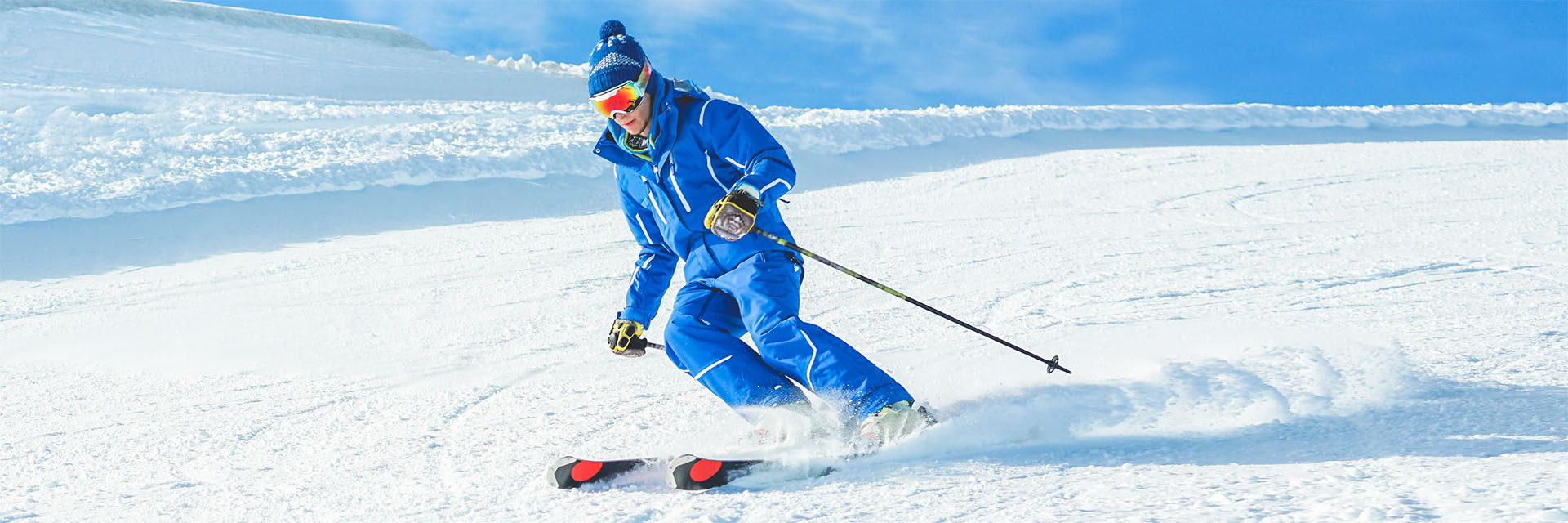It’s no secret that North Texans love to head west to the New Mexico and Colorado mountains to hit the slopes over the winter holidays and spring break. We dream of fresh powder and look forward to the once-a-year opportunity to dust off our heavy winter coats.
While a week spent in a winter wonderland may sound like heaven, there are a few safety issues every winter sports enthusiast should consider before heading down that first double black diamond run, lacing up a pair of ice skates or sliding headfirst down the highest snow tube hill.
January has been designated Winter Sports Traumatic Brain Injury Awareness Month by the Johnny O Foundation, an organization committed to raising awareness about the devastating effects of Alzheimer’s disease, dementia and traumatic brain injuries.
According to the Centers for Disease Control and Prevention, traumatic brain injuries (TBIs) are caused by a bump, blow or jolt to the head or a penetrating head injury that changes normal brain function. Mild TBIs are commonly called concussions and usually do not cause long-lasting effects, while severe TBIs can result in extended periods of unconsciousness or memory loss; as well as altered thinking and physical movement; and changes in vision, hearing and/or emotional functioning.
Our national awareness of traumatic brain injuries is increasing, as they account for 30 percent of all injury deaths. Overall rates of TBIs continue to climb, rising from 521 per 100,000 people in 2001 to 823.7 per 100,000 in 2010. The CDC also reports that men are much more likely to incur a TBI and be hospitalized, resulting in death at more than twice the rate of women.
The U.S. Consumer Product Safety Commission publishes an annual report detailing how many injuries are associated with consumer products based on nationwide hospital emergency department data. In 2015, just over 53,000 injuries were reported from snow skiing and snowboarding, while there were close to 18,000 reported from toboggans, sleds and snow discs. Not all of these injuries included TBIs, but a 2009 report specified that Americans experienced approximately 17,000 head injuries due to winter sports (e.g., skiing, sledding, snowboarding, snowmobiling), with 6,750 of those occurring in children younger than 14.
According to a study published in the Journal of Trauma and Acute Care Surgery, more than 10 million Americans hit the ski slopes each year. As many as 600,000 injuries are reported, with head injuries accounting for 20 percent of those — the majority of which are due to falling or collisions with a tree. The good news is that skiers and snowboarders are increasingly wearing helmets, as use went from only 25 percent in the 2002-2003 ski season to 70 percent in 2012-2013.
Winter brings opportunities for sports we usually don’t get to enjoy, such as ice skating and ice hockey, cross-country and downhill skiing, snowboarding, sledding, snowshoeing, and snow tubing. These activities aren’t without potential dangers, so before you hit the ice or the slopes, keep the following safety tips in mind:
- Wear approved, properly fitted and well-maintained protective equipment (helmets, pads, etc.), as well as appropriate clothing for your activity.
- Dress in light but warm layers and wear sunscreen and protective eyewear.
- Test your equipment to be sure it’s in good condition (skis, snowboards, boots, ice skates, sleds, etc.) before you go.
- Follow all posted safety rules, stay within allowed boundaries and avoid closed trails. If skating on a pond, only skate on approved ice.
- Take a lesson if you’re new to the sport or need to brush up on your skills.
- Know your limits and don’t try to push yourself beyond what you can safely handle.
- Avoid alcohol, as it impairs the senses and slows reaction time.
- Learn concussion symptoms, danger signs and potential long-term consequences, and see a doctor right away if you suspect a concussion.
Visit our website for more information about concussion treatment and to find a physician near you.
When the temperature drops ERs see a rise in visits. Learn what injuries ERs see the most during the winter so you can be prepared and stay safe this season.

